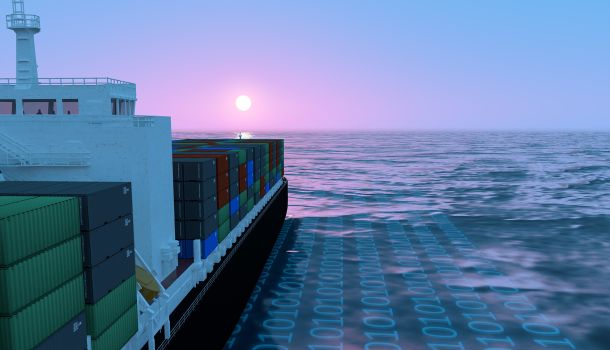Member Article
Pushing The Boundaries of New MAS Technologies?

Author - Professor Russell Wynn
MASSMO is a five-year programme of annual MAS demonstrator missions that brings together defence, industry and research partners to push the boundaries of new MAS technologies. MASSMO is coordinated by the National Oceanography Centre (NOC), but also engages a wide range of 1) industry partners looking to trial novel MAS platforms and sensors (e.g. Autonaut, Seiche, ASV, ecoSUB, RS Aqua), 2) operational partners providing supporting remote sensing, model and oceanographic data (e.g. Met Office, Plymouth Marine Laboratory), and 3) research partners exploiting the data for scientific research (e.g. University of East Anglia, Scottish Association for Marine Science). To date, the programme has focussed on defence applications, with Dstl being the primary sponsor, and Royal Navy and NATO-CMRE as key partners. Pushing the boundaries of new MAS technologies
The MASSMO missions are focussed on dynamic offshore environments in UK waters, targeting physical and biological features such as oceanic fronts, eddies, thermoclines, plankton blooms and vocalising marine mammals. A primary aim of the programme is to test mixed MAS fleets comprising unmanned surface vehicles (USVs), submarine gliders and micro-AUVs. These vehicles carry standard oceanographic sensors to measure simple physical and biological properties such as temperature, salinity, oxygen and chlorophyll fluorescence, but also more advanced sensors such as passive acoustic monitors, meteorological sensors, onboard cameras, and acoustic doppler current profilers.
A key feature of MASSMO has been the generation of real-time and near-real-time data that are transmitted via satellite back to a central Operations Room based at the NOC, where partners can use it to assess progress and modify the mission plan. An online mission portal allows vehicle locations and tracks to be compared with key environmental data layers, such as satellite images, seafloor bathymetry, tidal and geostrophic current vectors, and AIS vessel data; this ensures safe and efficient operation of the vehicles, and facilitates data fusion in order to generate the ‘Best Composite Picture’ of the studied area. All data are then archived at the British Oceanographic Data Centre, and made available for research applications.
MASSMO missions have featured on BBC TV News and various other media, and have therefore played an important role in promoting the environmental benefits of MAS to the public and the wider maritime community. Future MASSMO missions are due to target Arctic under-ice environments, and will see new platforms such as long-range AUVs being deployed. The ultimate aim is to use these new technologies to better understand the rapidly changing Arctic environment, for the benefit of the UK science, industry and defence communities.
News and Events
Get Involved
Join the Drone Delivery Group today and put your weight behind the drone industry's voice...it's free forever.








